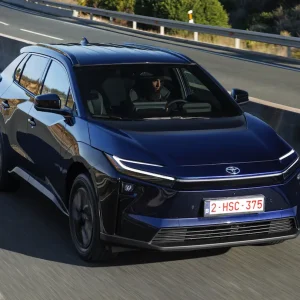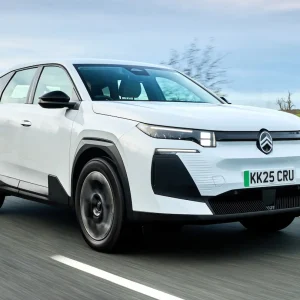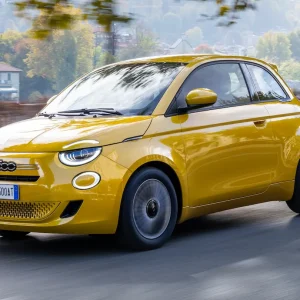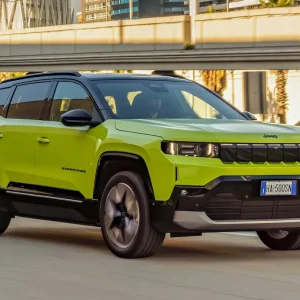Volvo has been on a real new powertrain blitz recently, with a whirlwind of EVs, PHEVs and mild hybrids being added to its model ranges. However, while in many cases this has changed nothing about the cars in question except what’s under the bonnet, it’s a different story with the firm’s executive cars – the S90 saloon and the V90 estate tested here – where new engines have coincided with a good old-fashioned facelift. Admittedly, the changes aren’t earth-shattering, but they include new LED tail lights with sequential indicators, new fog lights, a new spoiler design, and a new, lower front bumper. It’s a subtle makeover, but the V90 was already a handsome machine, and the changes only enhance its aesthetic appeal. Interior changes include two rear USB-C charging points, replacing the previous 12V outlet, and a new air cleaning system – even more subtle than the exterior changes, then, but the interior does remain comfortable and, predictably, hugely spacious, although while the boot appears huge in isolation (it’s nearly long enough to be adult sleeping accommodation even with the rear seats in place) it’s actually no bigger than those found in rivals such as the Audi A6 and BMW 5 Series.
As for those powertrain changes, Volvo has applied its entry-level approach to electrification, in the form of mild hybridisation. Every engine in the range (except the PHEV) now comes with 48V assistance, including the 197hp and 235hp diesels, and the 197hp, 250hp and 300hp petrols. It’s the latter engine, badged as the B6, that was fitted to our test car, and clearly it’s not going to be the most popular powertrain for fleets, with the less powerful variants offering better economy and emissions (the B6 sits in the top 37% BIK tax bracket). However, the B6 does offer highly impressive performance, with the ability to propel the V90 from 0-62mph in just over six seconds, and it did give us the chance to sample the mild-hybrid system, which as far as it goes is well integrated, supporting the engine when accelerating and allowing its revs to drop to idle when coasting. It helps the B6 to 36.2mpg on the WLTP cycle, which is good going for a car this size with this much power.
Our test car was in the sporty R-Design equipment grade, which is the only option with the B6 engine other than the Cross Country crossover. R-Design spec comes with features such as a lowered suspension, and this does a good job of keeping the V90 flat in bends, where it is surprisingly agile for a car of this size, with the all-wheel drive system adding to a nicely balanced feel. The suspension doesn’t majorly compromise the quality of the ride either – it’s not overly firm, and handles bumps nicely, though you would still have to question how much most V90 drivers will appreciate this cornering ability over a more comfort-focused set-up.
Of course, there is very stiff competition for drivers’ affections in this segment from the German premium contenders mentioned earlier. But the V90 is a car we enjoyed driving, and in this specification might just appeal to a space and performance-conscious user chooser looking for something a bit different, while more sensible readers will be looking down the range to the more modestly powered alternatives.
Volvo V90 B6 AWD R-Design
P11D: £52,275
Residual value: 32.5%
Depreciation: £35,250
Fuel: £8,626
Service, maintenance and repair: £3,460
Cost per mile: 78.9p
Fuel consumption: 36.2mpg
CO2 (BIK band): 178g/km (37%)
BIK 20/40% a month: £322/£645
Boot space: 560 litres
Engine size/power: 1,969cc/300hp





